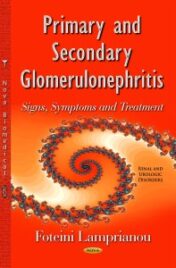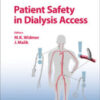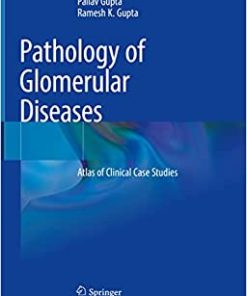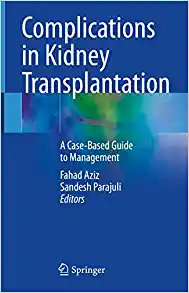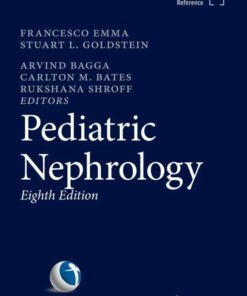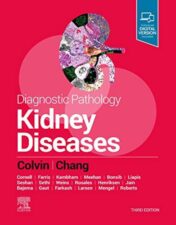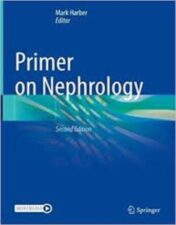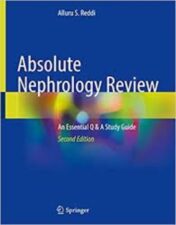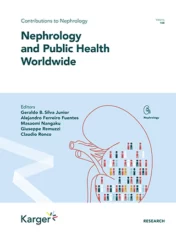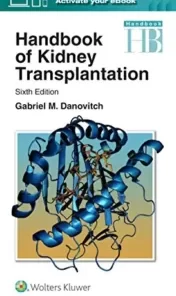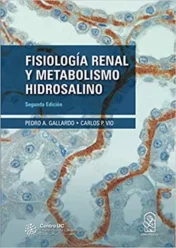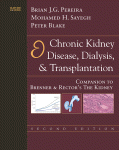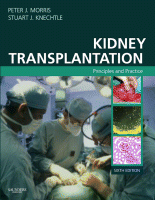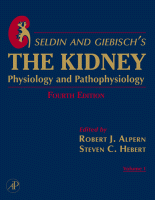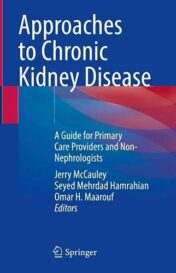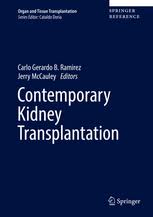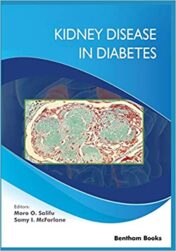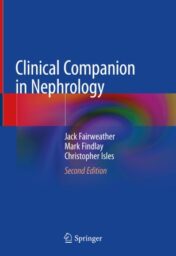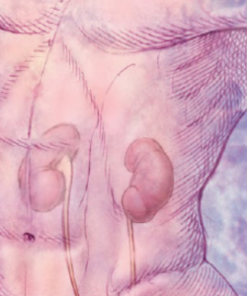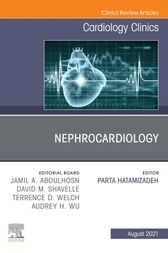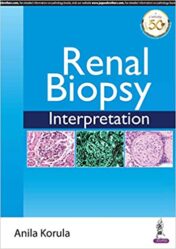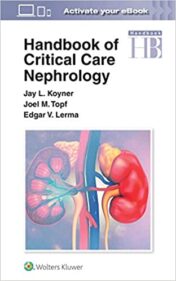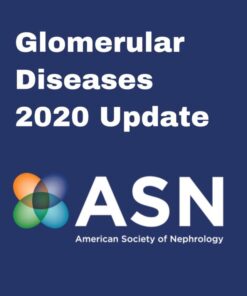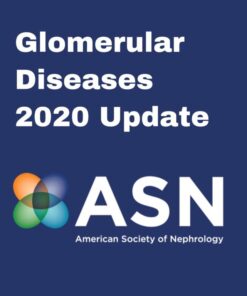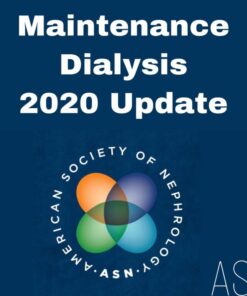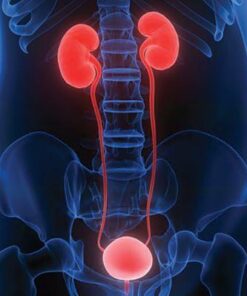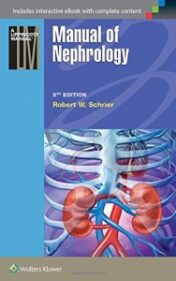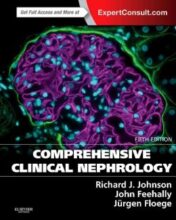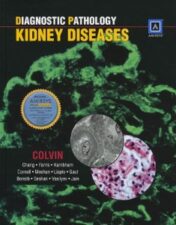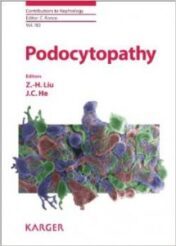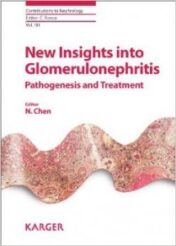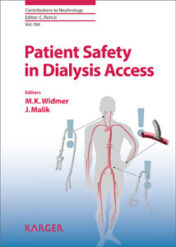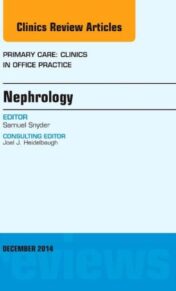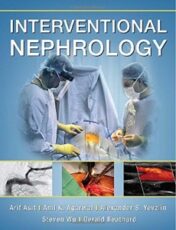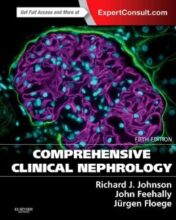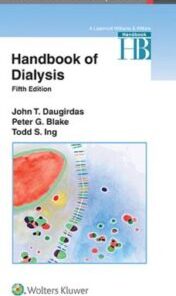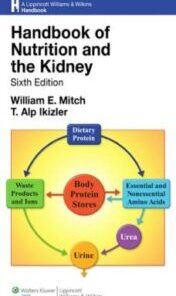Primary and Secondary Glomerulonephritis: Signs, Symptoms and Treatment
$14
Primary and Secondary Glomerulonephritis: Signs, Symptoms and Treatment
Glomerulonephritis is a term referring to direct injury of the glomeruli with resulting disturbances of normal glomerular function, progressively leading to renal failure. Glomerular diseases are classified as primary, where glomerular damage is the prime disturbance, with extrarenal manifestations as a result of renal impairment, and secondary, following systemic disorders, infections or exposure to certain drugs.
Although noteworthy progress has been made in the past years in the symptomatic and specific treatment, therapy of both primary and secondary glomerulonephritis can be challenging. Management of these patients requires early diagnosis, expert knowledge of the immunosuppressive agents and other drugs currently available for the treatment of each glomerulonephritis, consideration of possible adverse reactions to these drugs, alternative therapeutic strategies in cases of hyporesponsiveness or non responsiveness of the patient to the treatment, and possible relapses of the disease.
This book reviews knowledge of the main primary and secondary glomerulonephritis, with emphasis on current therapeutic strategies and practical recommendations. Glomerulonephritis are grouped according the presence or absence of proliferative histological alternations into primary and secondary proliferative and non proliferative types.
Each chapter deals with etiopathogenesis, epidemiology, pathology, clinical manifestations, natural history and therapeutic options of the commonest primary and secondary glomerular diseases, with exception the last chapter that covers inherited diseases with renal involvement. An atlas of the pathology of the glomerular diseases discussed completes this work. (Imprint: Nova Biomedical)
Related Products
NEPHROLOGY BOOKS
NEPHROLOGY BOOKS
Robotic Surgery for Renal Cancer (Original PDF from Publisher)
NEPHROLOGY BOOKS
NEPHROLOGY BOOKS
NEPHROLOGY BOOKS
Handbook of Nephrology and Hypertension, 7th Edition (EPUB3)
NEPHROLOGY BOOKS
NEPHROLOGY BOOKS
Pediatric Nephrology, 8th Edition (Original PDF from Publisher)
Internal Medicine Videos
NEPHROLOGY BOOKS
Diagnostic Pathology: Kidney Diseases, 3rd Edition 2019 Original PDF
NEPHROLOGY BOOKS
NEPHROLOGY BOOKS
NEPHROLOGY BOOKS
NEPHROLOGY BOOKS
NEPHROLOGY BOOKS
Minimally Invasive Percutaneous Nephrolithotomy 2022 Original PDF
NEPHROLOGY BOOKS
NEPHROLOGY BOOKS
NEPHROLOGY BOOKS
American Society of Nephrology (ASN) Kidney Week 2021 CME VIDEOS
NEPHROLOGY BOOKS
NEPHROLOGY BOOKS
Handbook of Home Hemodialysis, 1st Edition High Quality PDF 2021
NEPHROLOGY BOOKS
NEPHROLOGY BOOKS
Kidney Transplantation Principles and Practice 2008 Original pdf
NEPHROLOGY BOOKS
Chronic Kidney Disease Diagnosis and Treatment 2020 Original pdf
NEPHROLOGY BOOKS
NEPHROLOGY BOOKS
Acute Kidney Injury and Regenerative Medicine 2020 Original pdf
NEPHROLOGY BOOKS
Diabetic Nephropathy Methods and Protocols 2020 Original pdf
NEPHROLOGY BOOKS
NEPHROLOGY BOOKS
NEPHROLOGY BOOKS
NEPHROLOGY BOOKS
Keynes & Aidley’s Nerve and Muscle, 5th Edition (Original PDF) 2020
NEPHROLOGY BOOKS
NEPHROLOGY BOOKS
NEPHROLOGY BOOKS
NEPHROLOGY BOOKS
NEPHROLOGY BOOKS
Harvard Comprehensive Review of Nephrology 2021 (CME Videos)
NEPHROLOGY BOOKS
Nephrocardiology, An Issue of Cardiology Clinics Original PDF
NEPHROLOGY BOOKS
Oxford Desk Reference Nephrology, 2nd Edition (Original PDF)
NEPHROLOGY BOOKS
NEPHROLOGY BOOKS
NEPHROLOGY BOOKS
Handbook of Critical Care Nephrology ePub+Converted PDF 2021
NEPHROLOGY BOOKS
NEPHROLOGY BOOKS
NEPHROLOGY BOOKS
NEPHROLOGY BOOKS
NEPHROLOGY BOOKS
NEPHROLOGY BOOKS
NEPHROLOGY BOOKS
NEPHROLOGY BOOKS
NEPHROLOGY BOOKS
NEPHROLOGY BOOKS
NEPHROLOGY BOOKS
Systemic Lupus Erythematosus, An Issue of Rheumatic Disease Clinics
NEPHROLOGY BOOKS
NEPHROLOGY BOOKS
New Insights into Glomerulonephritis : Pathogenesis and Treatment
NEPHROLOGY BOOKS
NEPHROLOGY BOOKS
NEPHROLOGY BOOKS
NEPHROLOGY BOOKS
NEPHROLOGY BOOKS
Hemolytic Uremic Syndrome: Symptoms, Treatment Options and Prognosis
NEPHROLOGY BOOKS
Pediatric Renal Transplantation: Protocols and Controversies
NEPHROLOGY BOOKS
Nephrology, An Issue of Primary Care: Clinics in Office Practice
NEPHROLOGY BOOKS
NEPHROLOGY BOOKS
Comprehensive Clinical Nephrology, 5th Edition (ORIGINAL PDF)
NEPHROLOGY BOOKS
NEPHROLOGY BOOKS
NEPHROLOGY BOOKS
Renal and Urologic Issues, An Issue of Clinics in Perinatology
NEPHROLOGY BOOKS
NEPHROLOGY BOOKS

